Some of the links in this post may be affiliate links.
Are New Guinea impatiens perennials? In this post, I will answer that question, plus give you tips on how you can care for and propagate your plants. New guineas are wonderful plants to use both in the ground and as container plants (outdoors and indoors), and their colorful blooms are basically endless with good care!
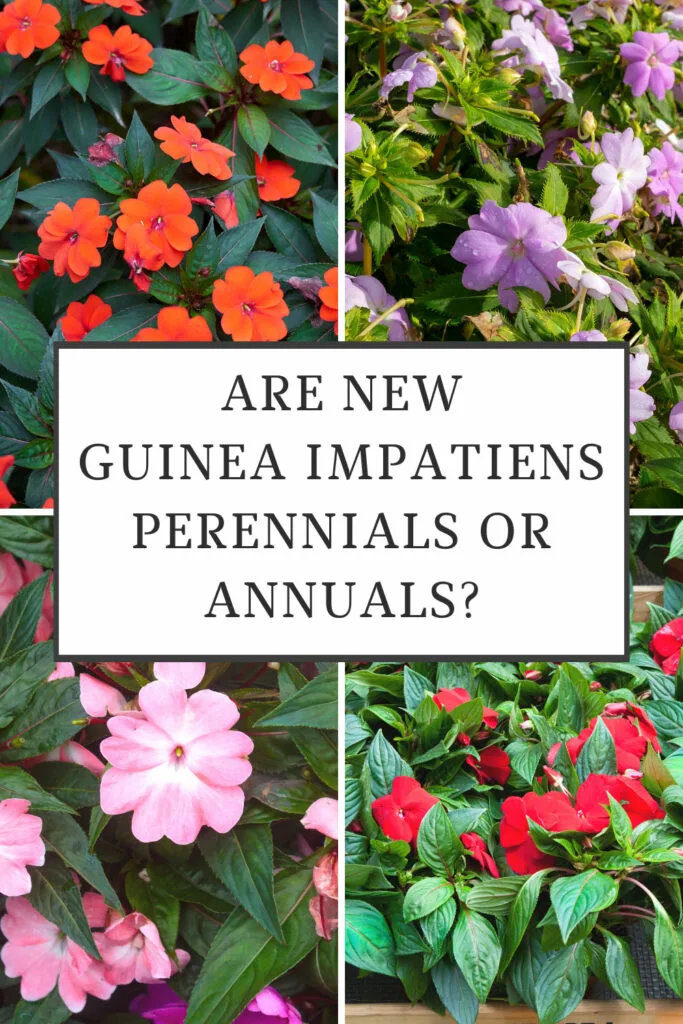
Table of Contents
ALL ABOUT NEW GUINEA IMPATIENS
The flowers of New Guinea impatiens come in various colors including white, red, orange, pink, and various shades of purple.
Are New Guinea Impatiens Perennials?
Impatiens hawkeri, commonly known as New Guinea impatiens, was discovered in Papua New Guinea and in the Solomon Islands. This tropical plant has since been hybridized extensively and there are a number of beautiful flower colors.
New Guinea impatiens are considered tender perennial plants. In order to grow them outdoors year-round, you would have to be living in USDA zone 10 or higher.
The United States has been divided into growing zones. To find out your growing zone, check out the USDA zone calculator. You can enter your zip code and find out what USDA growing zone you live in.
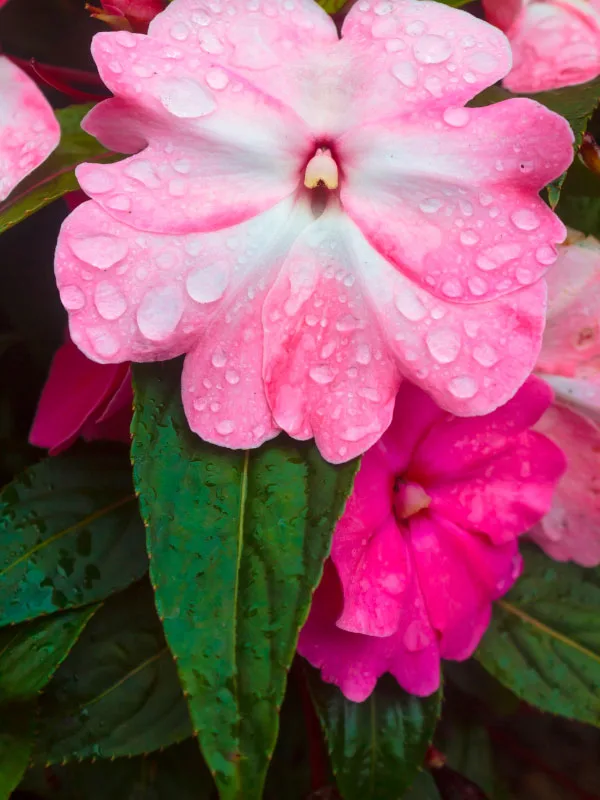
These plants can not tolerate frost and will quickly go limp and die when frost comes. So if you live in zones colder than zone 10, your impatiens can be treated as annual plants.
If you live in a climate that has frost, wait until the danger of frost has passed before you plant. In fact, you should wait until night temperatures are consistently at least in the 45-50°F range, otherwise, they simply will not grow.
Depending on where you live, this could be anywhere from early spring to late spring.
If you plant them when it’s too cold, you will stunt the plants, and possibly even rot the plants out if it is cold and wet.
Frost will kill your plants, but you can always propagate them to grow indoors or to save for the next season.
Can You Keep New Guinea Impatiens Over Winter?
Absolutely! Even if you live in a cold climate, you can easily propagate to make new plants before the cold weather comes. Then you can grow them indoors in a sunny window and place them back outdoors when the weather is warm enough again.
To propagate, simply follow these steps.
1. In late summer or so (you’ll need time to get your plants established before cold weather comes), take some cuttings that are maybe 4 inches long or so.
2. Remove the bottom leaf or two of the cutting, and submerge the bare stems in a jar or vase.
3. Place the container in a shady place outside, or on a bright windowsill indoors. If you move it indoors, rinse off the cutting with a spray of water to knock off any pests.
4. Change the water frequently (every couple days or so) to make sure it stays clean.
5. Once roots have formed and are an inch long or so, go ahead and pot your cuttings up.
For a more detailed account (with photos) check out my blog post on how to propagate impatiens.
See the next section for tips on growing conditions that New Guinea Impatiens like.
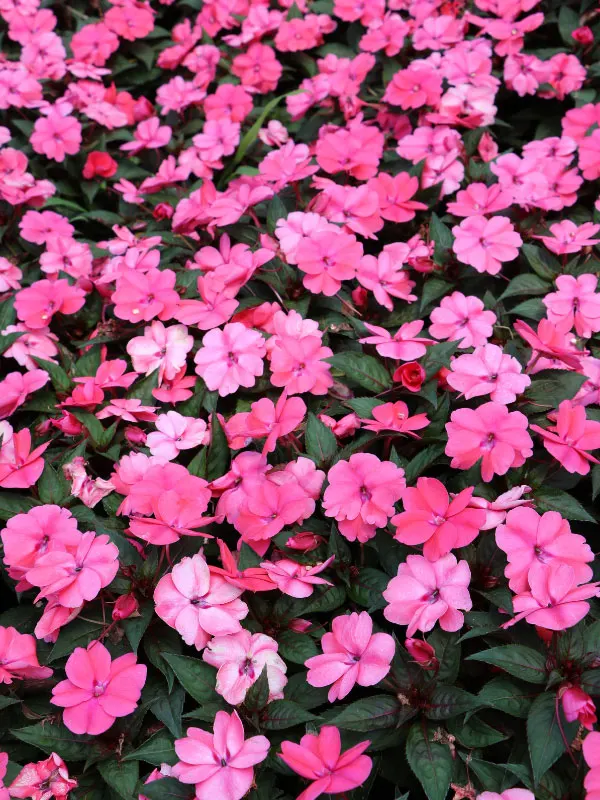
How Do You Get New Guinea Impatiens to Bloom Again?
1. LIGHT
New Guinea impatiens, unlike the common impatiens (Impatiens walleriana) that are typically grown in shadier locations, actually do well in full sun locations. New Guinea impatiens also have larger flowers and larger leaves.
New Guinea hybrids can grow in full shade, but will do better in a sunny spot that has at least morning sun or afternoon sun.
Plants that are grown in at least some direct sunlight will grow and bloom more than those grown in shade. If you are growing these plants indoors, choose your sunniest window.
Light intensity indoors is much less than it is outdoors, so the sunniest window that you have will be best, otherwise, your plants will not be as full and will be a bit weaker.
If you want the ultimate in sun impatiens for your garden, there is a line called SunPatiens which are actually a cross between New Guinea impatiens and wild impatiens. They do beautifully in full sun, but just make sure that the soil doesn’t dry out!
If you live in a climate that is warm year round and has intense sun, you may want to give your New Guineas partial shade, particularly during mid-day when the sun is strongest.
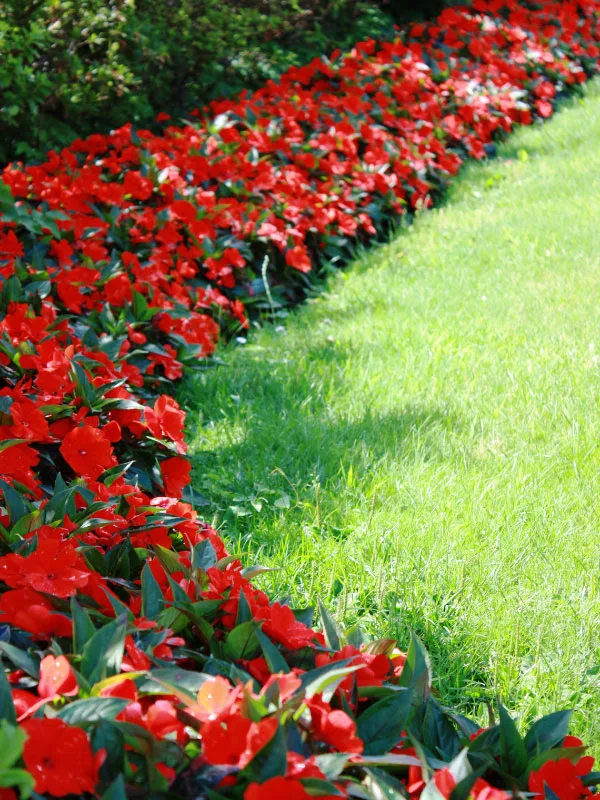
2. WATERING
Impatiens require regular watering to do their best, particularly during hot, dry weather. In hot weather, they may even require watering daily outdoors, especially if you are growing impatiens in pots.
If you are growing them indoors, wait until the top inch of the soil has dried out before you water again.
3. FERTILIZER
If you’re growing your New Guinea impatiens in pots, I recommend adding a slow-release fertilizer like Osmocote (link to Amazon) when you plant them in your pots. As you water, it will release nutrients throughout the growing season.
If you want really big impatiens, I also like to supplement them with a water-soluble liquid fertilizer like Miracle Gro.
They are heavy feeders so if your plants are getting good light but blooming is sparse, increase your fertilizing routine. You can even use a bloom booster fertilizer that provides less nitrogen and more phosphorus for blooming.
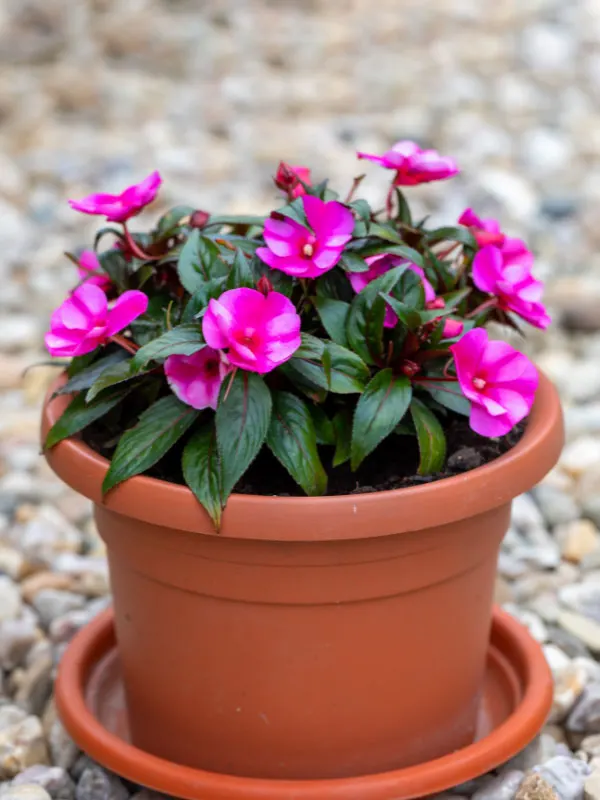
4. TEMPERATURE
New Guinea impatiens plants will not tolerate freezing temperatures and will die if there is frost. For best results, minimum night time temperatures should not go below 50°F (10°C) and daytime temperatures of 70-85°F (21-29°C) is ideal.
Be sure to water regularly in very hot weather.
Sometimes during the hottest months of the year, you may have fewer blooms, but more profuse flowering will return when things cool down a bit.
5. SOIL
If you’re planting them in the ground, dig in plenty of organic matter such as compost and well rotted manure.
A well-drained soil is important for your plants whether you grow them in the ground or in a pot. Always have drainage holes when growing these plants in pots and use a freely draining soil.
For outdoor containers, you can get away with using potting mixes straight out of the bag, but indoors, I like to mix in some perlite into the mix to improve drainage. They like a consistently moist soil, so never let the soil dry out completely.
I hope you’ve enjoyed this post! Have you grown New Guinea impatiens? Comment below. I’d love to. hear!

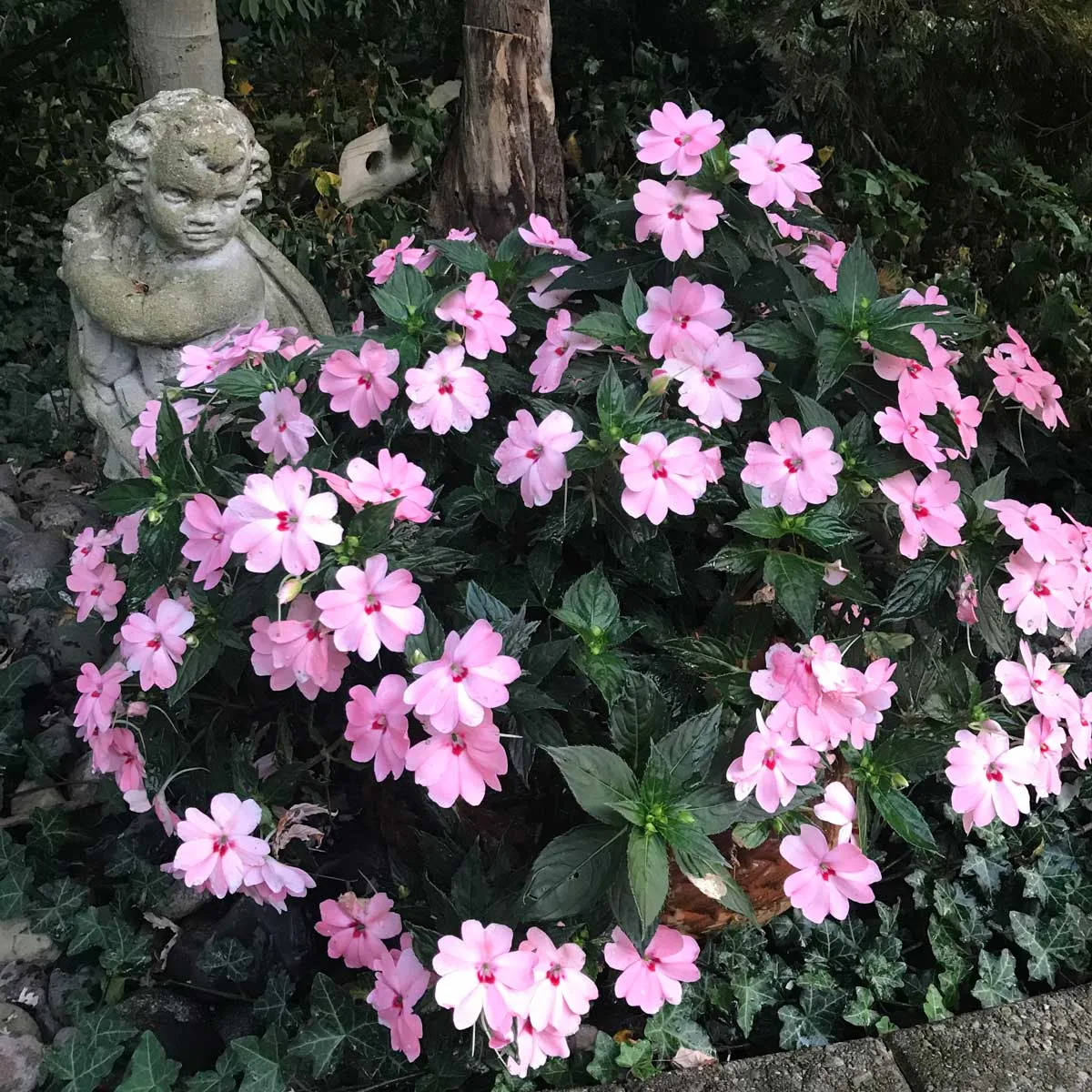
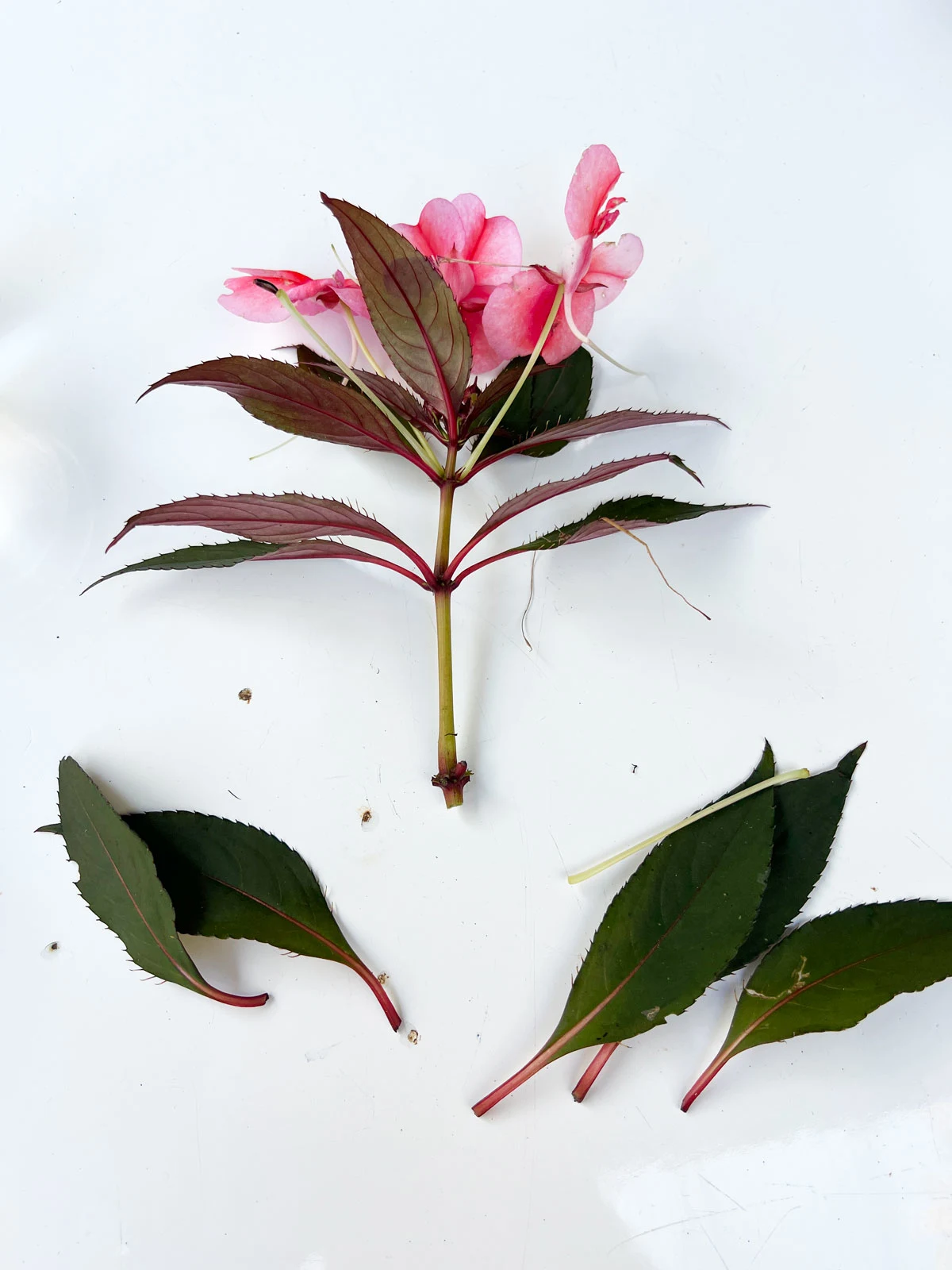
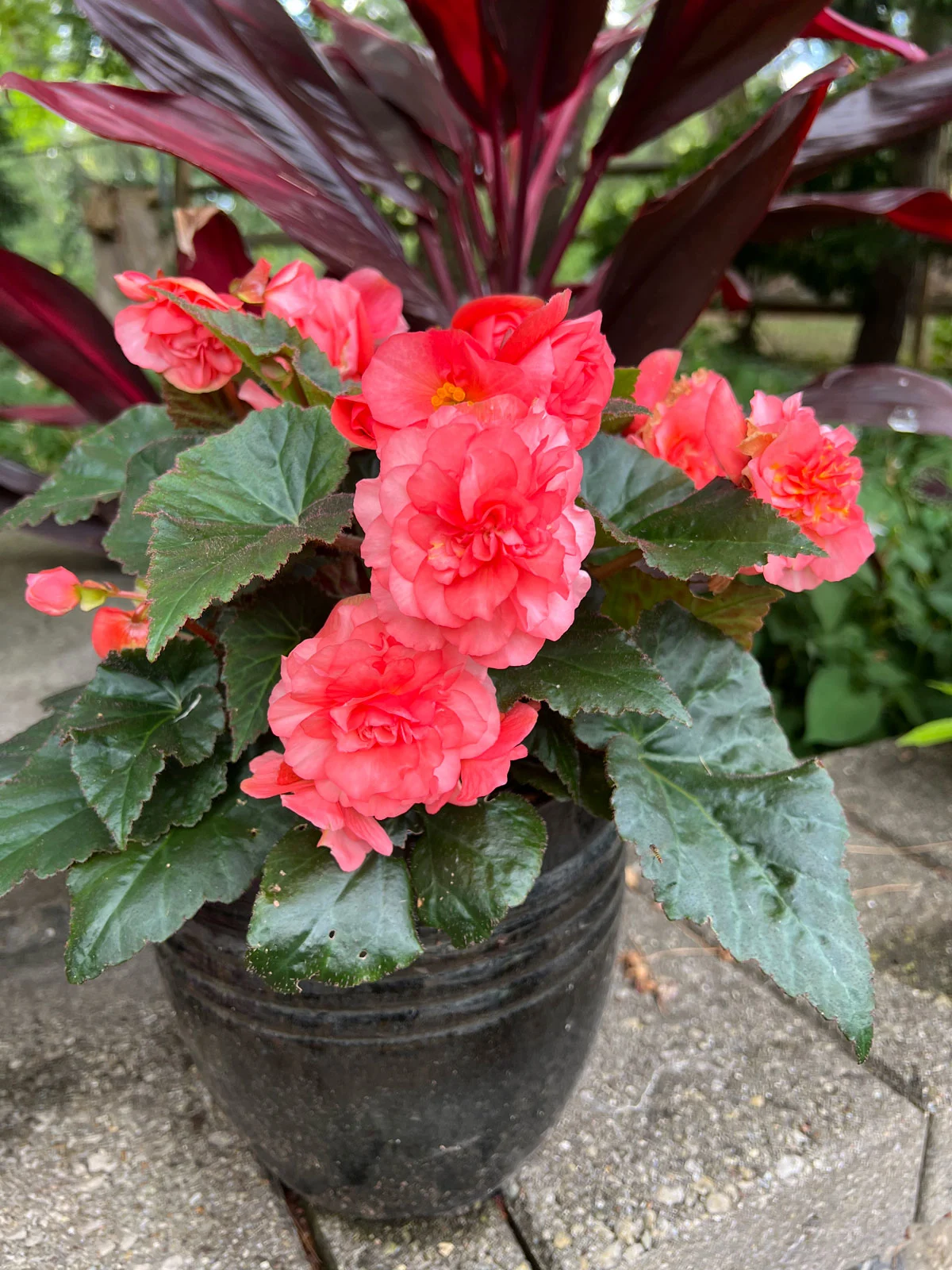
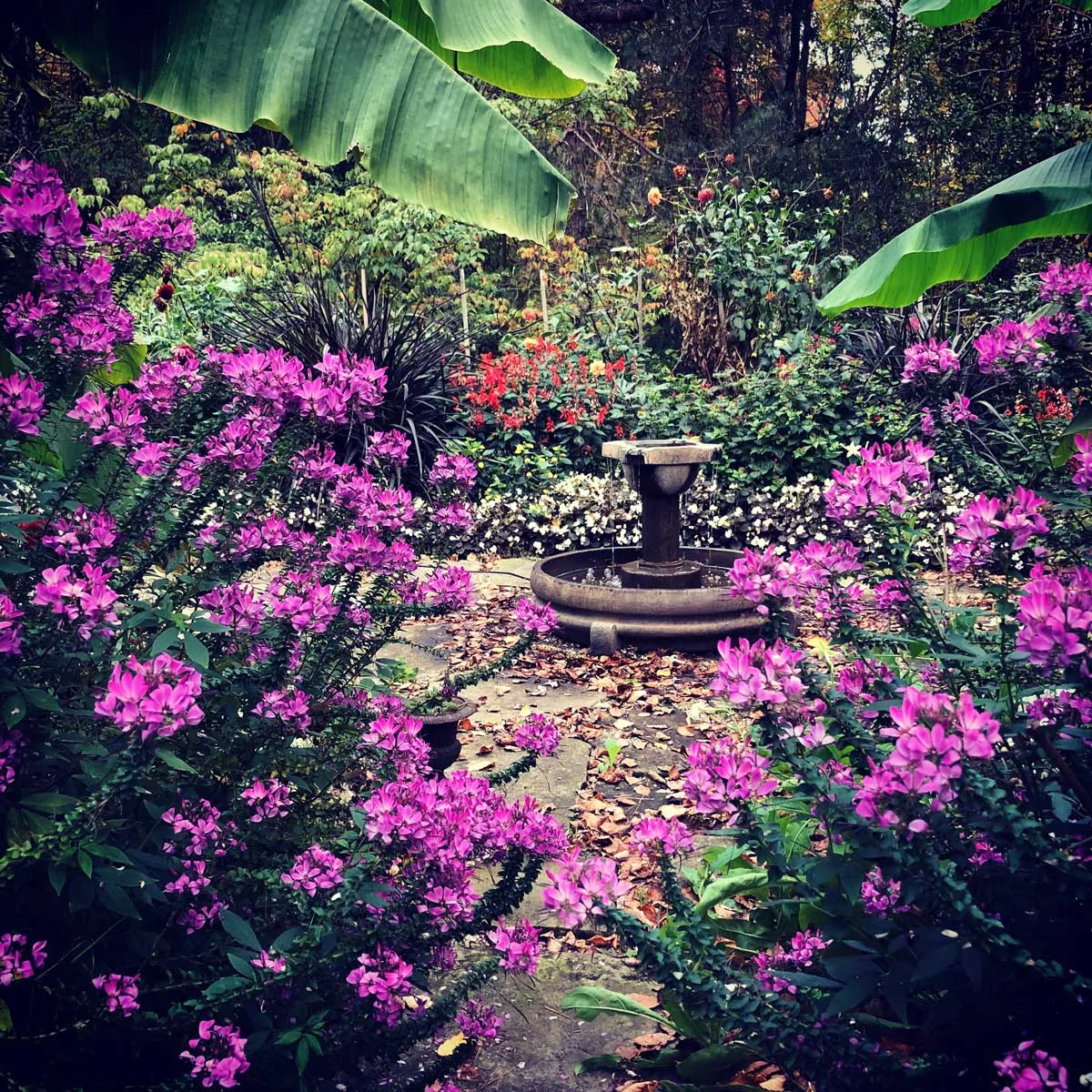

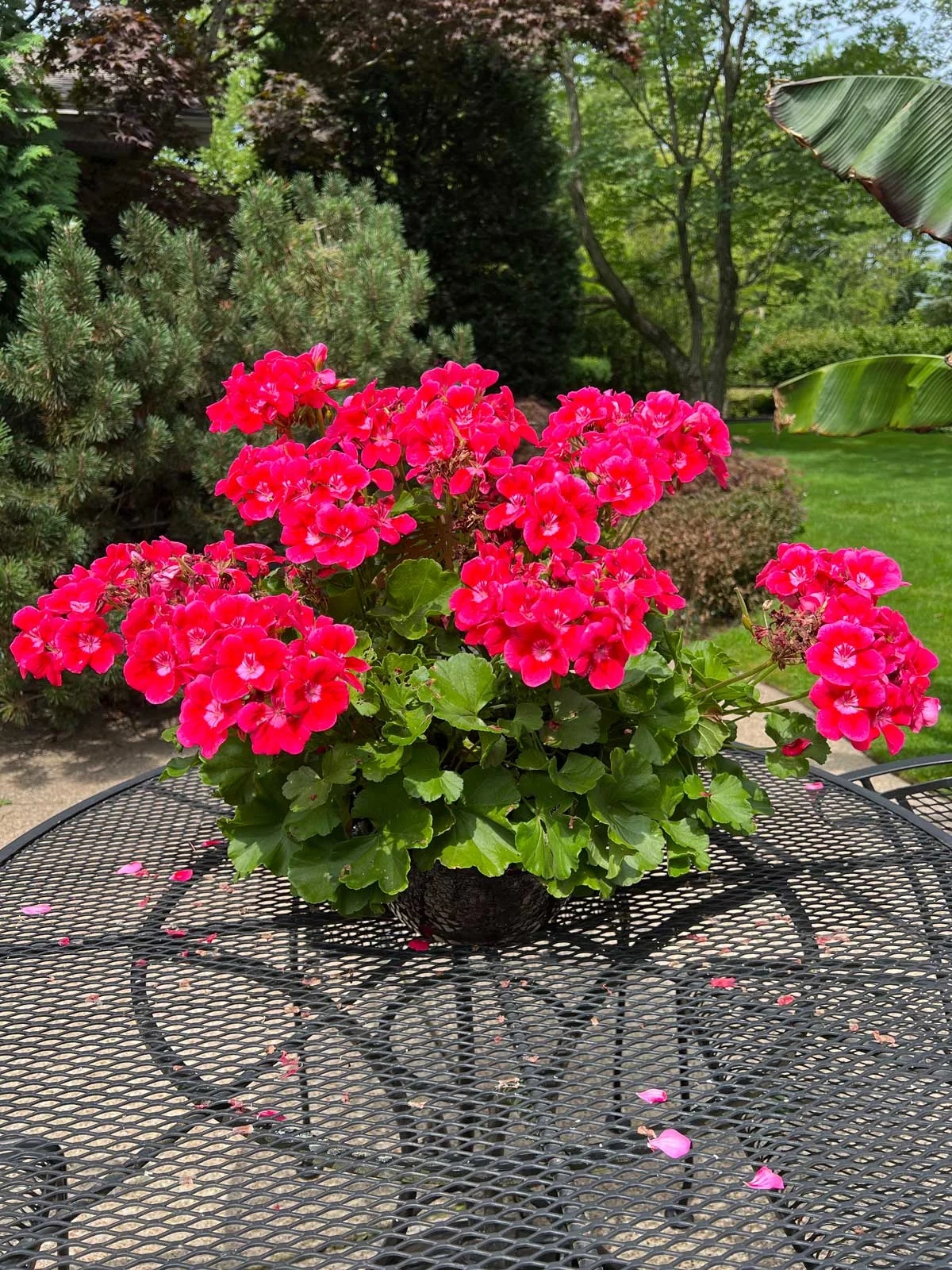
Marlene Resende
Wednesday 29th of May 2024
Adorei os artigos. Certa vez comprei 70 mudas de empates Estou voltando a plantar flores de forração depois de ter morado um tempo na praia. Quero fazer cuias de petúnia e onze horas.